The rise of blockchain technology has led to a surge in decentralized application (dApp) development, with Ethereum standing at the forefront, offering a robust environment for smart contracts and more. For developers eager to tap into this ecosystem, navigating the intricacies of the Ethereum blockchain can be complex—but tools like Ether.js have emerged to simplify the process. In this comprehensive guide, we’ll walk through the process of connecting to Ethereum’s vast network using Ether.js, making interactions, and even deploying Smart Contracts.
Understanding Ethereum and the Role of Ether.js
Before we plunge into the how-to’s, it’s essential to establish what Ethereum and Ether.js are. Ethereum is an open-source blockchain with smart contract functionality, which enables developers to build and deploy decentralized applications. Ether.js, then, is a powerful JavaScript library that serves as a gateway to Ethereum, helping developers seamlessly interact with the blockchain through node management, transaction handling, and more.
Connecting to Ethereum via Ether.js
Connecting to the Ethereum network is the first step in leveraging the blockchain’s potential. Ether.js allows for connection to either a local Ethereum node, which is particularly useful for development, or a remote node, such as those provided by Infura, to interface with the live network. To connect to a local node, developers can use the `Web3.providers.HttpProvider` method and pass in their node’s URL. For remote nodes, the `Web3.providers.WebsocketProvider` is often used.
Handling Transactions with Ether.js
One of the most common tasks when building on Ethereum is handling transactions. This involves sending and receiving Ether or interacting with smart contracts. Ether.js simplifies this process through its `web3.eth.sendTransaction` method, which allows developers to send transactions by providing the recipient’s address and the amount of Ether to be sent. Similarly, for interacting with smart contracts, developers can use the `web3.eth.contract` method to instantiate a contract object and then call its respective functions.
Deploying Smart
Installing Ether.js
Before using Ether.js, it needs to be integrated into your project. This can be achieved through npm (Node.js package manager) using a straightforward command. Alternatively, you can include it via CDN if you’re working with a web-based application. Once installed, you can require it in your project and instantiate a `Web3` object to start interacting with Ethereum.
Interacting with the Blockchain
Through Ether.js, developers can interact with the Ethereum blockchain in various ways. They can retrieve account balances, manage transactions, deploy smart contracts, and more. This library also provides access to other functionalities such as encryption/dec
Installation Method 1: NPM
To install Ether.js via npm, open a terminal and run:
“`
npm install ether.js
“`
This will install the latest version of Ether.js and its dependencies into your project. You can then require it in your code as follows:
“`
const Web3 = require(‘ether.js’);
“`
Installation Method 2: CDN
If you’re working on a web-based application, you can include Ether.js via CDN by adding this script tag to your HTML
Installation Method 2: CDN
If you’re developing a web-based project, include the following script in your HTML file:
“`
<script src=”https://cdn.jsdelivr.net/npm/ether.js@latest/dist/umd/ether.min.js”></script>
“`
This will give you access to the `Web3` object, which can be used for interacting with Ethereum.
Additional Resources
- Ether.js Documentation
- Ethereum Official Website
- Infura – Ethereum Node Provider
- Solidity – Language for Smart Contracts
- Truffle – Development Environment and Testing Framework – Remix – Online IDE for Solidity – OpenZeppelin – Library for Secure Smart Contract Development
In addition to Ether.js, there are several other tools and resources available for developers looking to build on the Ethereum blockchain. These include development environments like Truffle and online IDEs like Remix, which offer testing and debugging capabilities for smart contracts. Other resources such as OpenZeppelin provide libraries for more secure smart contract development, while Infura
- Truffle – Development Environment and Testing Framework – Remix – Online IDE for Solidity – OpenZeppelin – Library for Secure Smart Contract Development
- Solidity – Language for Smart Contracts
- Infura – Ethereum Node Provider
- Ethereum Official Website
Setting up the Web3 Provider
The Web3 provider is an important component as it facilitates the communication between the client-side application and the Ethereum blockchain. Ether.js helps configure this provider to manage network connections and interact with smart contracts and transactions.
Connecting to a Local Ethereum Node
When working locally, start your Ethereum node with RPC enabled, then configure your provider:
“`
const ether = new Ether(‘http://localhost:8545’);
“`
The `8545` is usually the default port for Ethereum nodes with RPC enabled. This will connect your application to your local node, allowing for testing and development without interacting with the live network.
Connecting to a Remote Ethereum Node
In the case of a remote node, using Infura as an example:
“`
const ether = new Ether(‘https://mainnet.infura.io/v3/your_infura_project_id’);
“`
This will use Infura’s node as the provider for your application, allowing for communication with the Ethereum mainnet.
Making Transactions
Once connected, Ether.js facilitates the process of transaction management, which can involve anything from sending Ether to deploying smart contracts.
Sending Ether
To send Ether, you utilize the `sendTransaction` method:
“`
ether.sendTransaction({
to: ‘0xabcd…’,
value: ether.toWei(1, ‘ether’) // Amount to send in wei
});
“`
This will send 1 Ether to the specified address.
Deploying Smart Contracts
Deploying contracts is also streamlined:
“`
const myContract = new ether.Contract(abi);
myContract.deploy({ data: ‘0x0157…’, arguments: [123] })
.send({ from: ‘0x123…’, gas: 1500000, gasPrice: ‘30000000000000’ })
.then((newContractInstance) => {
// New contract instance
});
“`
This code snippet deploys a contract using the `abi` (Application Binary Interface) and initializes it with the argument `123`. The contract is then deployed to the network using a gas limit of 1500000 and a custom gas price. Once deployed, the new contract instance can be used for further interactions.
Interacting with the Ethereum Blockchain
Beyond transactions and deployments, developers commonly need to read from and write to the Ethereum blockchain. Ether.js simplifies both these actions, making it more accessible to manage blockchain states.
Reading Data from Smart Contracts
For reading data from a deployed smart contract, Ether.js provides a `call` method:
“`
myContract.methods.myMethod(123).call({ from: ‘0x123…’ })
.then((result) => {
// Handle the result
});
“`
This will call the `myMethod` function on the contract and return its result.
Writing Data to Smart Contracts
Writing to the blockchain is facilitated through the `send` method:
“`
myContract.methods.myMethod(123).send({ from: ‘0x123…’, gas: 1500000, gasPrice: ‘30000000000000’ })
.then((receipt) => {
// Handle the receipt
});
“`
This will execute the `myMethod` function on the contract and return a transaction receipt once it has been mined.
Conclusion
Ether.js simplifies the process of interacting with Ethereum, making it more accessible for developers. With its various methods and features, building decentralized applications becomes easier and more efficient. By using Ether.js, developers can focus on building their ideas rather than getting bogged down in the complexities of the blockchain. So, give it a try and see how it can enhance your development process on Ethereum! Happy coding!
Frequently Asked Questions (FAQ)
How do I connect to the Ethereum network using Ether.js?
Connecting to the Ethereum network involves specifying the provider—either local or remote—when initializing the Ether object.
Can I connect to a local Ethereum node instead of a remote one?
Absolutely. Connecting to a local Ethereum node is a common practice during development and testing stages.
How can I send Ether using Ether.js?
Sending Ether is straightforward. Specify the recipient’s address and the amount you wish to send in wei units.
Is it possible to interact with smart contracts using Ether.js?
Indeed. Ether.js features robust methods for interacting with smart contracts, making it an indispensable tool for dApp development.

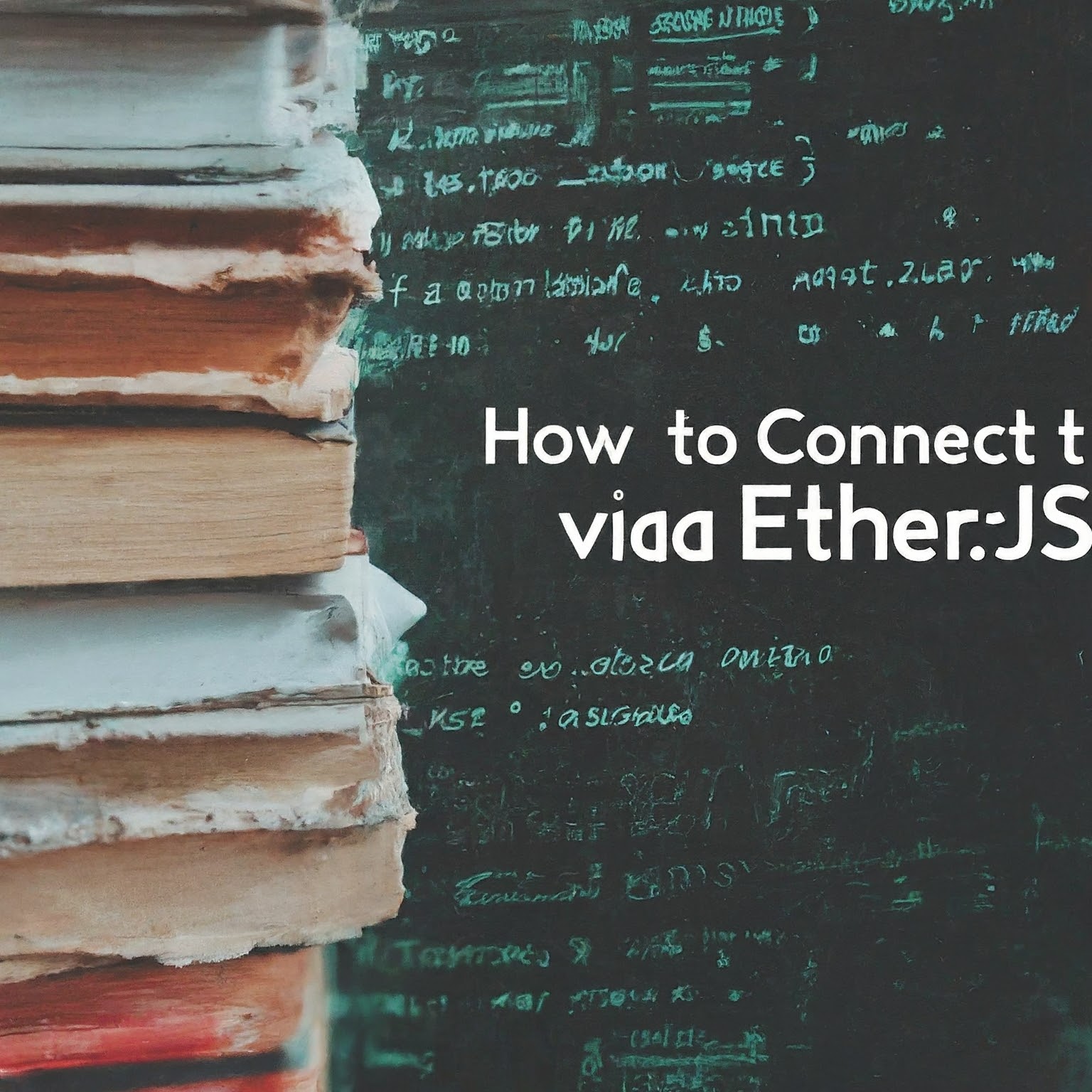

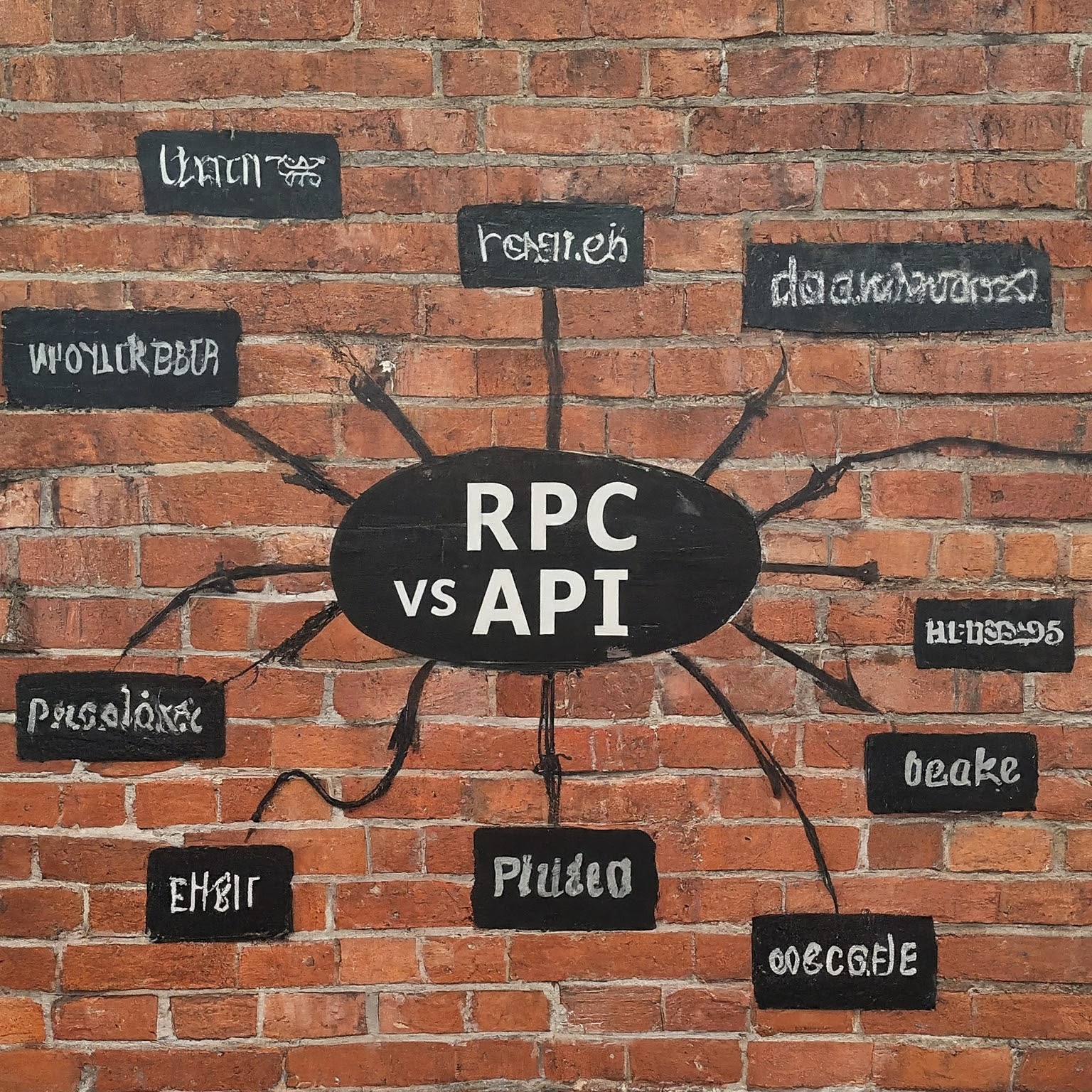
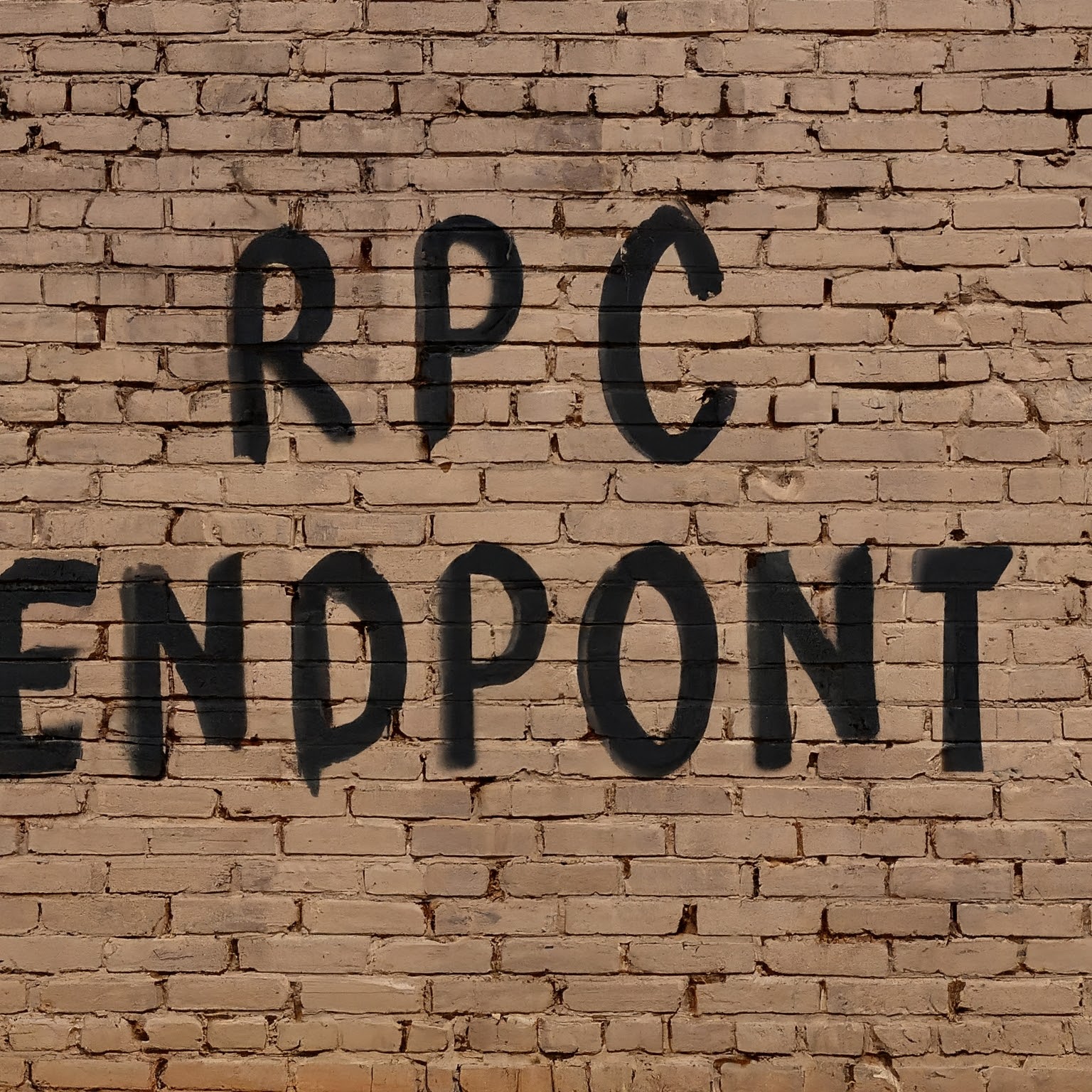

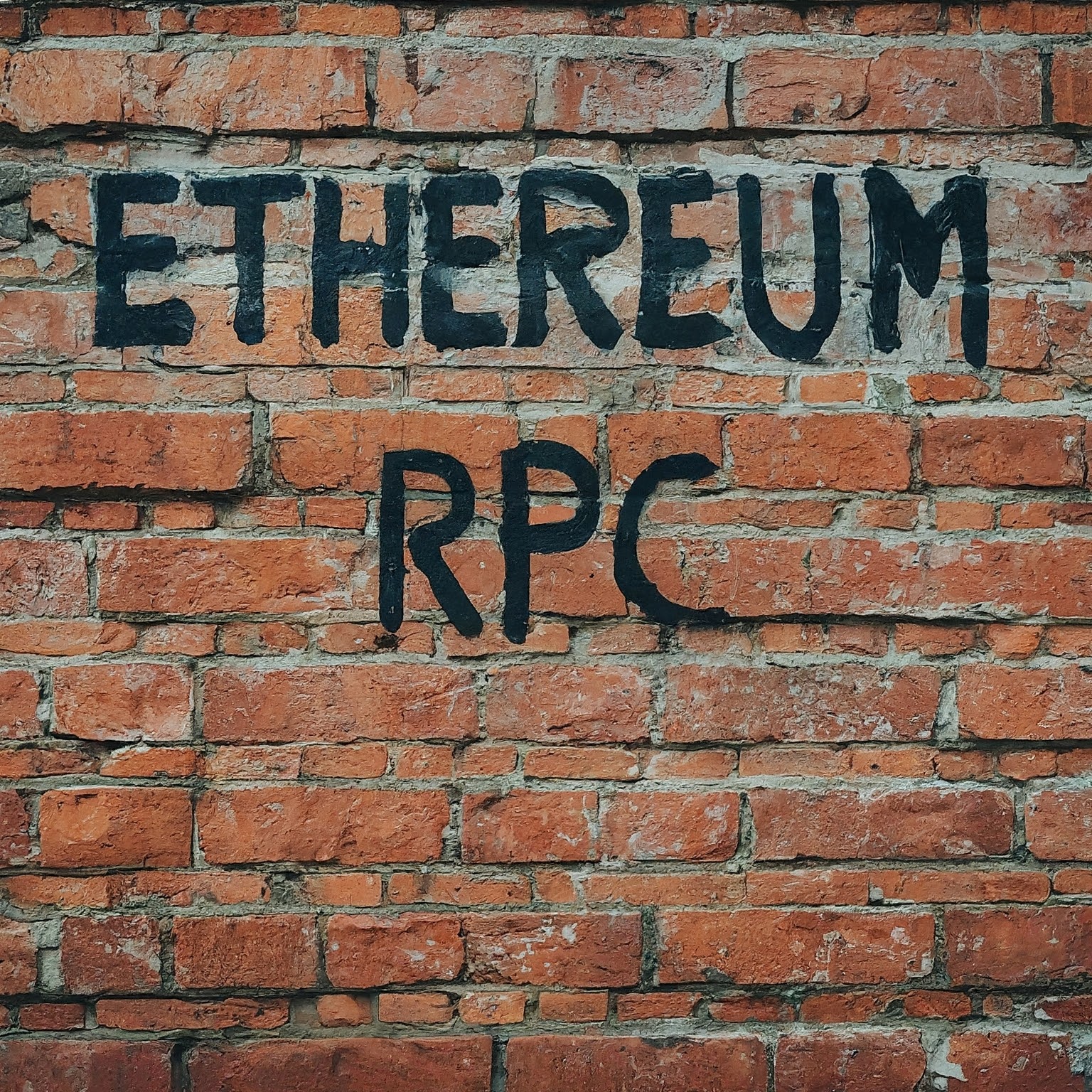

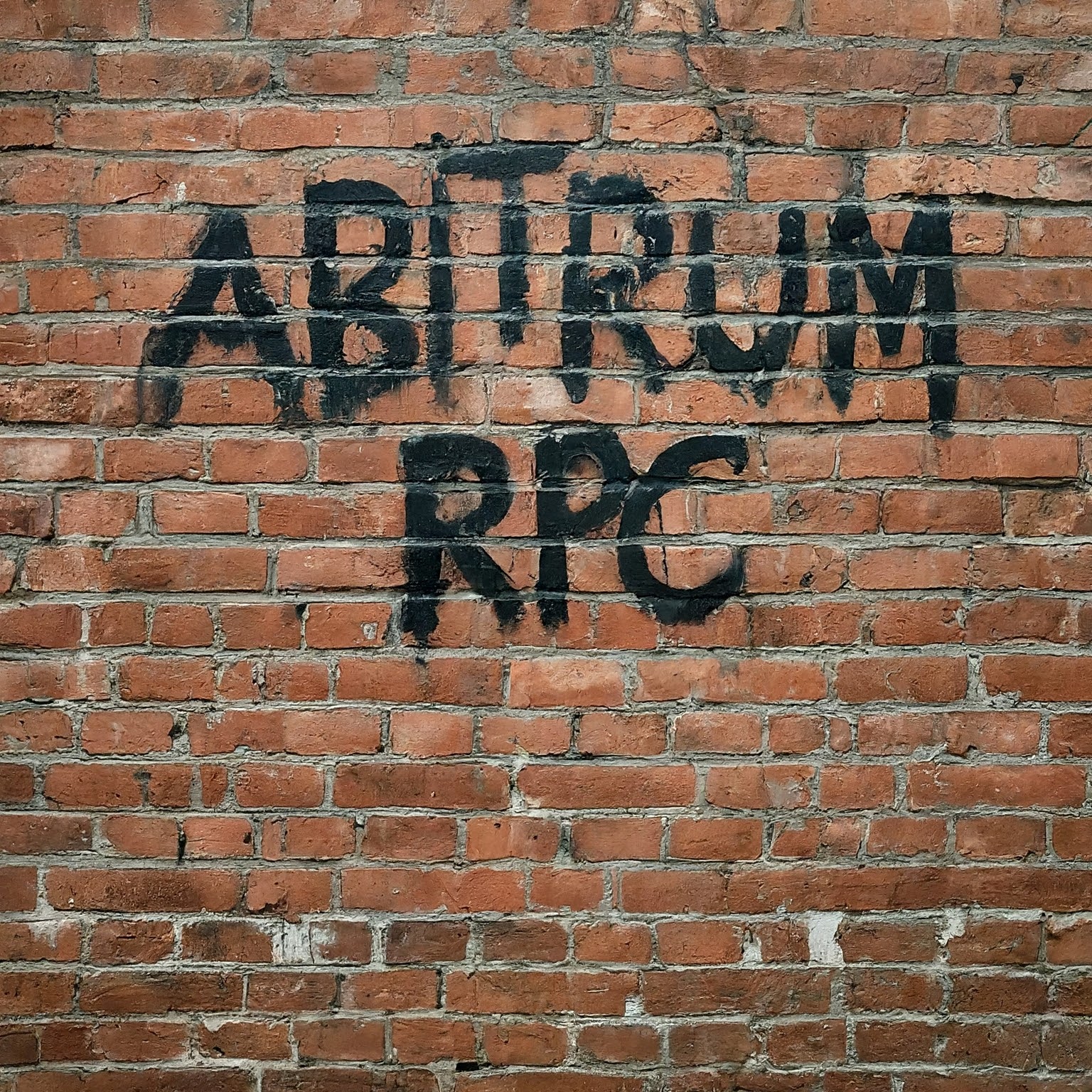

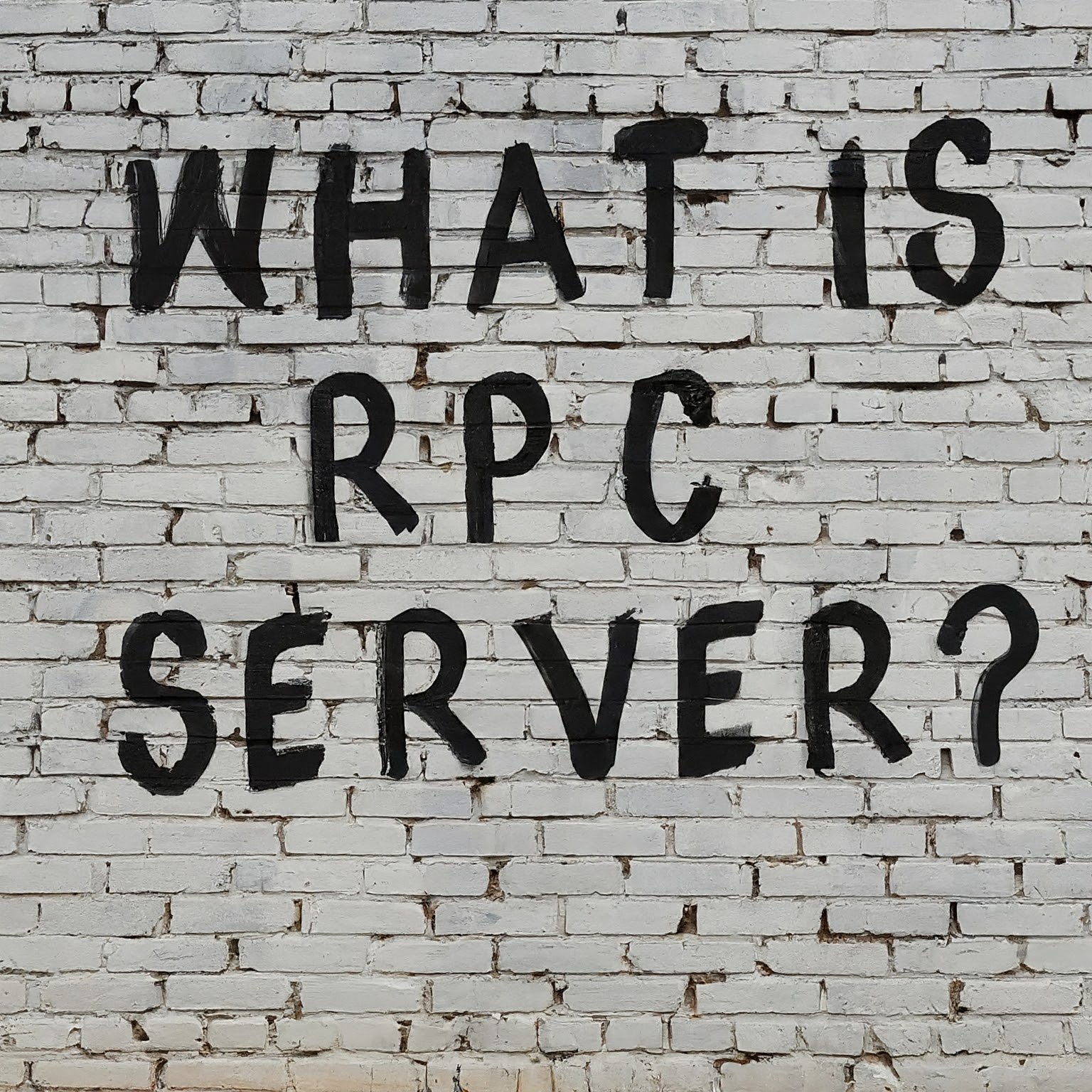

Leave a Reply
You must be logged in to post a comment.